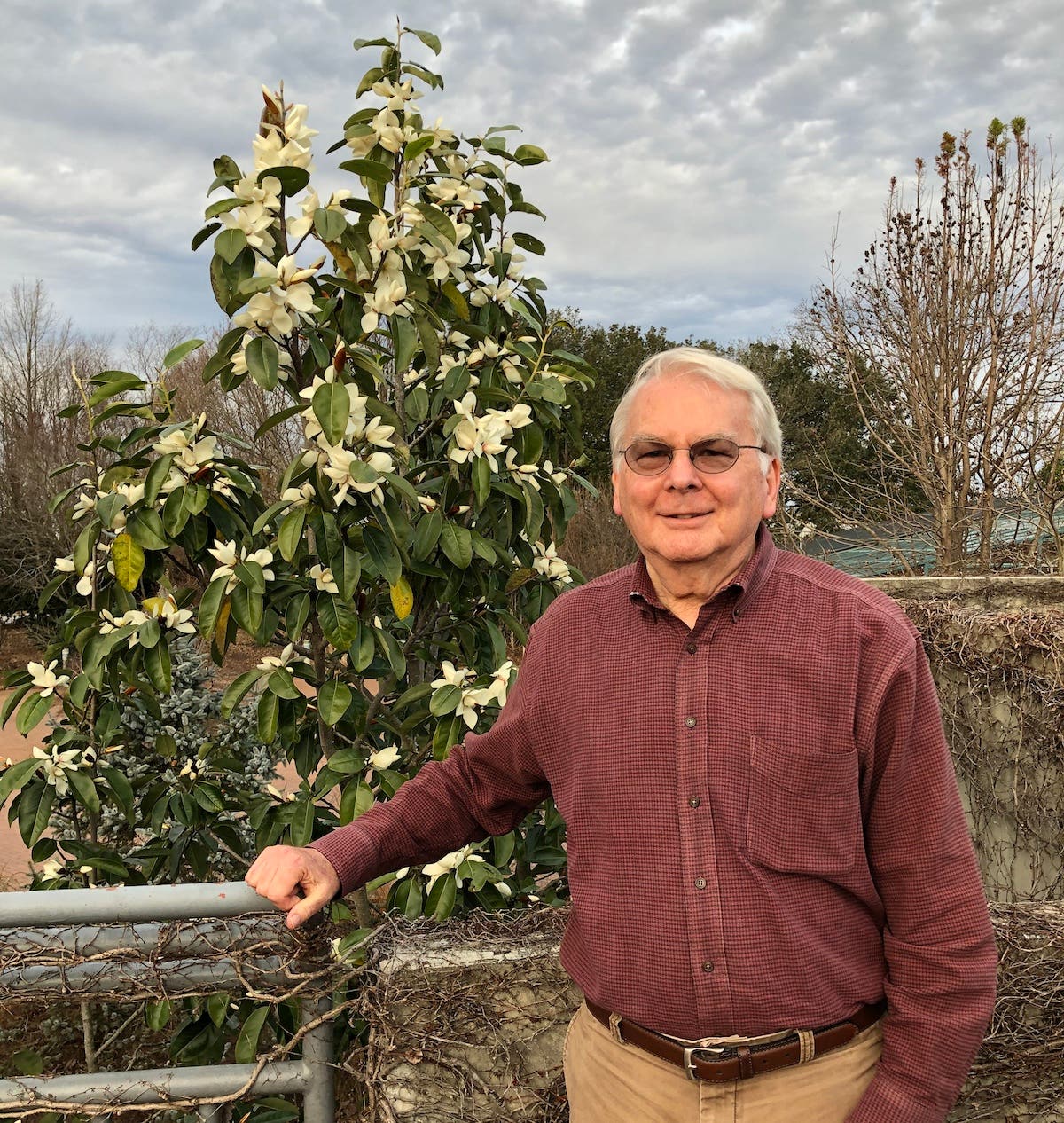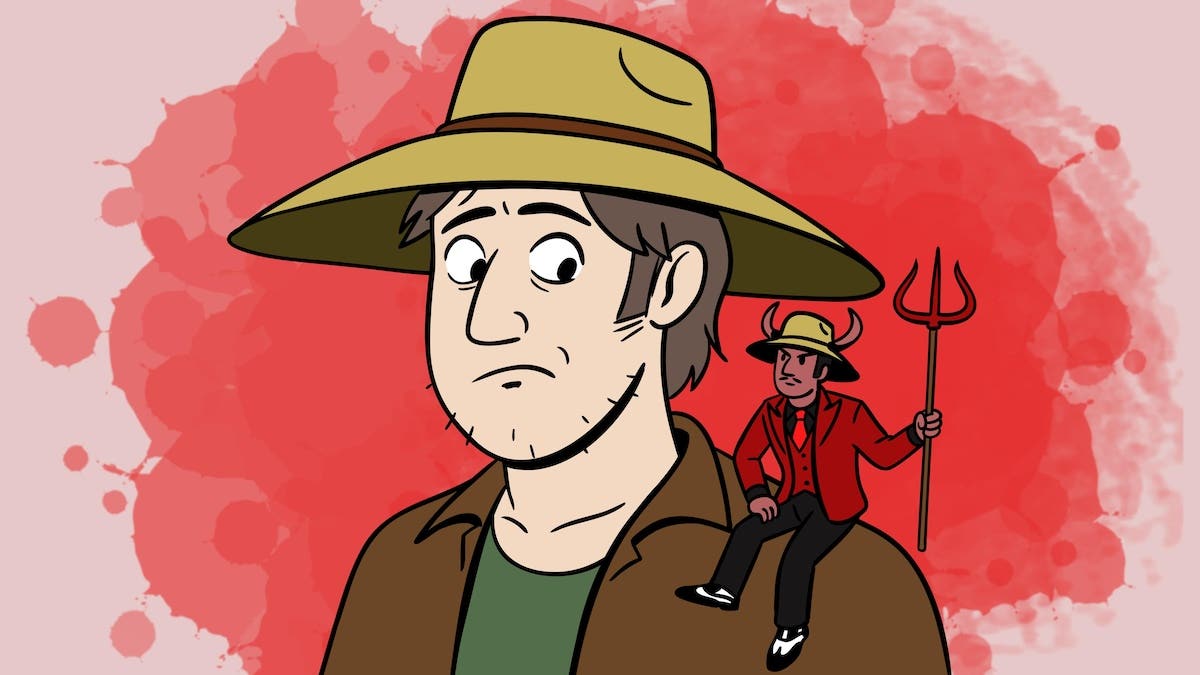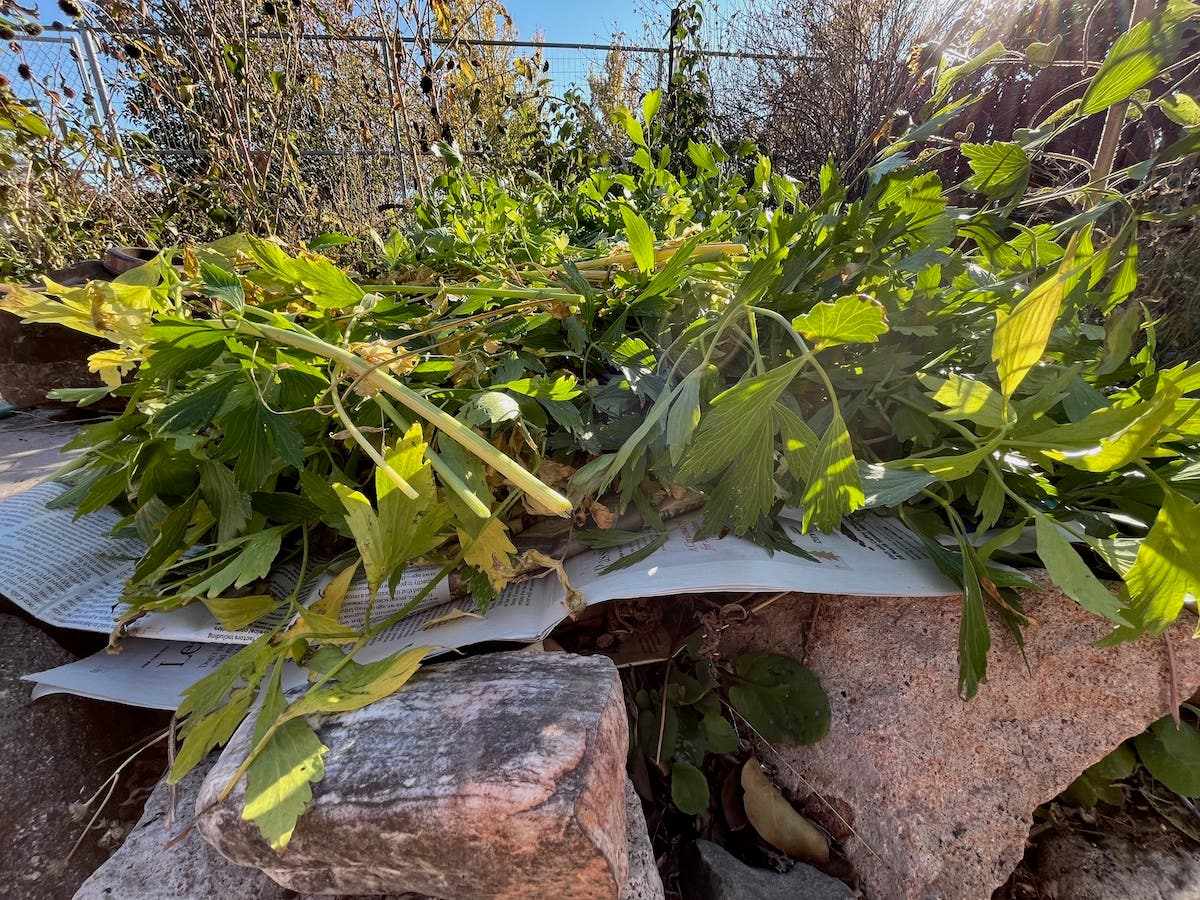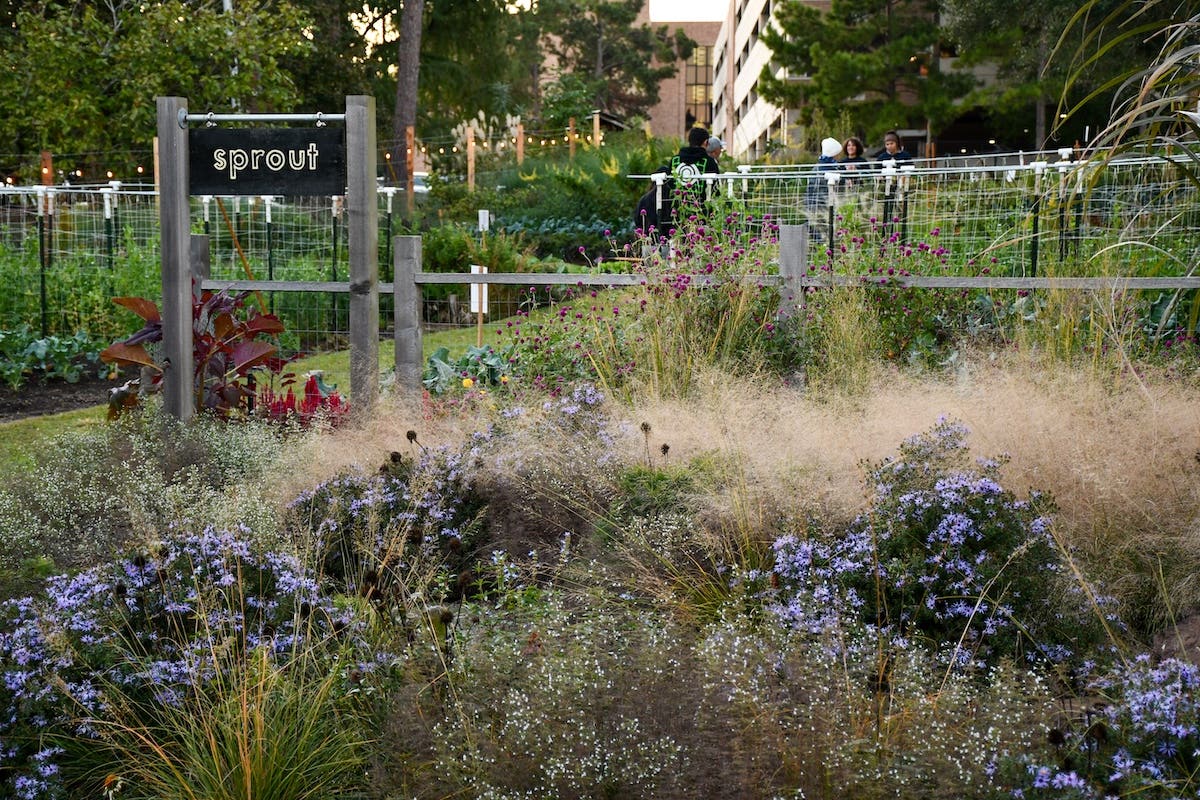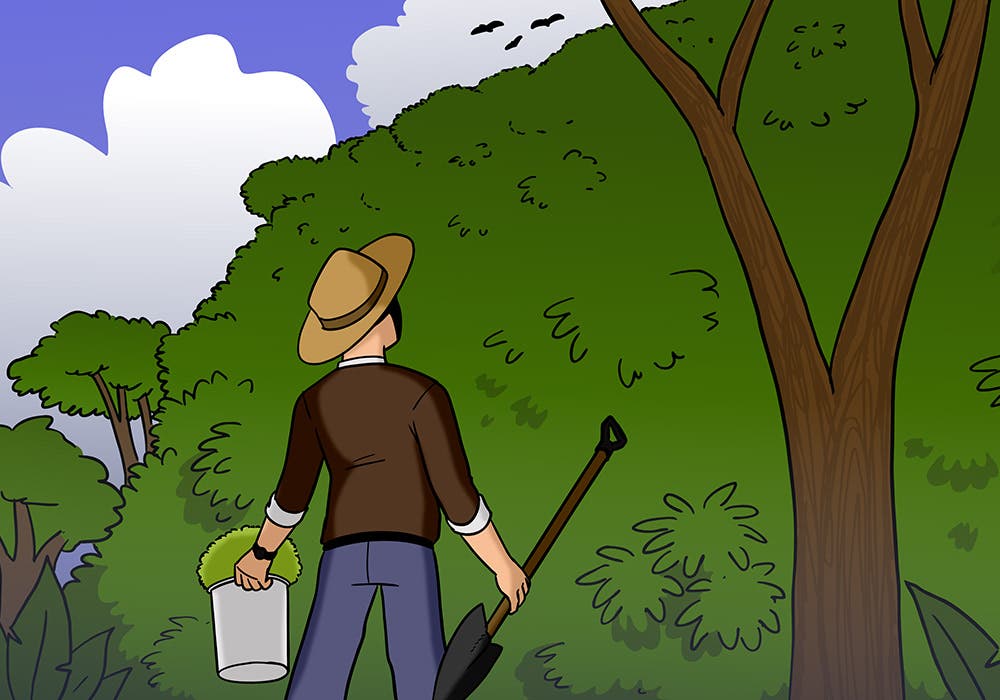It’s National Pollinator Week!
That’s right—we are right now in the midst of the 5th annual National Pollinator Week! So what’s going on?
This past weekend I was weeding my front garden—a rather tedious chore, but I try to enjoy the meditative aspect of it. I was just about to drift into a major daydream when something caught the corner of my eye. A tiny, sparkly, shiny, flying object—I believe it was a virescent green metallic bee! Bill Johnson recently wrote of these wide-ranging pollinators in Horticulture's May/June print issue. Now I had spotted one in my own garden, and known what it was, thanks to his writing and amazing images.
This was exactly our intent when we signed Bill up to write his recurring column, called "Insect I.D."—to introduce gardeners to the pollinators (bees, flies, etc.) and "accidental pollinators" (such as butterflies and moths) who are most certainly working in their gardens. We've received some great feedback from readers, and now I've experienced myself the benefit of Bill's knowledge, which he has gathered as a trained entomologist, professional nature photographer and avid wildlife gardener.
Download a sample "Insect I.D." column—VirescentGreenBee
My 20-month-old daughter has also opened my eyes wider to the world of beneficial insects. She loves bumblebees and will point one out with a loud squeal of delight, then quietly watch it work. We visited a butterfly conservatory recently, and now she is quick to spot the pale yellow moths (I'm not sure yet what kind) that flit through our neighborhood. She can't say "butterfly," but she has invented her own bit of sign language to let me know, without a doubt, that she wants to go out to the garden and look for them.
As much as these insects are just plain fun to spot in our gardens, pollinators are also quite seriously important to ecosystems and our food supply. The Pollinator Partnership is one organization that works to promote the health of pollinators through conservation, education and research. Among many other accomplishments, they've helped get the last full week of June designated as National Pollinator Week. That's right—we are right now in the midst of the 5th annual National Pollinator Week! So what's going on?
- On Thursday, June 23, pollinator scientists will hold a public briefing in Washington DC to explain the importance of pollinator in land management, food production and the environment. Members of Congress, their staff and the public are invited to attend this briefing at 4:00 p.m. at the Longworth House Office Building, Room 1302.
- Also on Thursday, the Highways Bettering the Economy and Environment Act will be introduced. The Highways BEE Act aims to reduce roadside maintenance costs through less mowing and more native plants, both of which will also benefit pollinators. This bipartisan legislation doesn't seek new monetary support. It is led by Rep. Hastings and Rep. Timothy Johnson. More info on the Highways BEE Act.
- This week the Pollinator Partnership introduces a new Bee Smart School Garden Kit, which includes lesson plans, seeds and learning games for children in grades 3 through 5. Supporters include Burt's Bees and Helen Ficalora Jewelry—now through September 3, 2011, when you donate $150 to the Pollinator Partnership, you'll receive a Helen Ficalora Bee Charm necklace and a Burt's Bees Tinted Lip Balm (shade: Pink Blossom). Proceeds go toward sending a School Garden Kit to under-served schools. More info and how to donate. More about Burt's Bees support for pollinators.
Learn more about Pollinator Week events across the country.
I hope you'll celebrate pollinators this week, whether by participating in an official event or just taking a minute to notice and appreciate the pollinators in your garden. The Pollinator Partnership has published free, downloadable planting guides for 31 ecoregions across the United States, if you are looking for ideas for what to plant to welcome more of these friends to your garden. Find your ecoregion and get your guide at http://www.pollinator.org/guides.htm.
In my New England garden, I've noticed several types of bees really love Salvia 'Blue Hill' and 'East Friesland', 'Little Titch' catmint (Nepeta 'Little Titch') and both tickseeds I grow—Coreopsis 'Baby Sun' and 'Presto'. Ants and very small bees or flies, including the virescent green bee I spotted, like my Potentilla 'Fireball'. The bumblebees also very much like to visit our inkberry holly (Ilex glabra 'Shamrock'), which is blooming with tiny white flowers right now.
What are the pollinator magnets in your garden? Are you celebrating National Pollinator Week? We welcome comments below!


